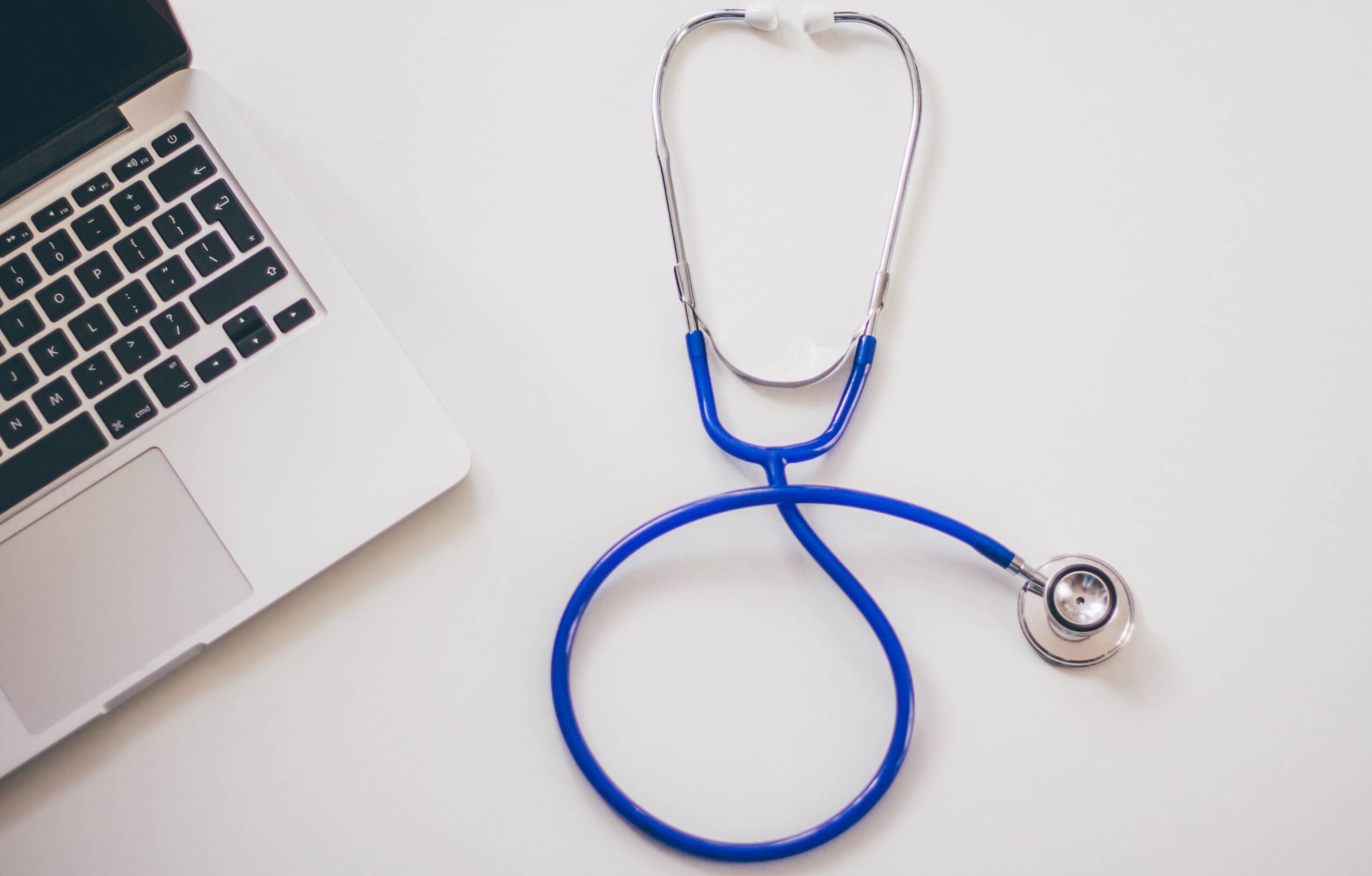Italian national indications for telemedicine services
by Leonardo De Vecchi and Valentina Brovedani
On December 17, 2020, in consideration of the COVID-19 emergency, the Italian Permanent Conference for relations between the State, the Regions and the Autonomous Provinces of Trento and Bolzano published a document containing the “National Indications for the provision of telemedicine services“.
Back in 2014 the Conference had already approved the National Guidelines (rep. acts n. 16/CSR), but the current pandemic has made urgent a renewal of the National Health System, in particular for “territorial” assistance, providing an opportunity to promote digital health service in order to reduce potential occasions for infections.
In fact, during the first phase of the emergency, medical exams and checkups in-person were suspended, reducing drastically the assistance to patients suffering from chronic diseases; in addiction, the subsequent restart of said services has required the appropriate application of organizational and logistical limits that have led to the reduction of the available spaces and the necessity to increase the procedures of sanitization.
In this scenario, telemedicine can ensure the maximum continuity of care with the minimum risk of spreading the virus to patients, professionals and family members, granting remote assistance and providing treatment through digital devices.
In particular, telemedicine services are useful for:
- health emergencies;
- control of diseases of particular relevance for the National Health System;
- diagnostic services and continuity of care;
- remote monitoring;
- medical certification.
Telemedicine services are divided into four categories depending on whether they assimilate, support, supplement or replace traditional healthcare.
In order to relate telemedicine services to the Essential Levels of Assistance described by the National Health System regulation (in terms of tariffs, reporting activities, public reimbursement), a further classification between the different categories of services was made:
- Televisit: is a medical visit through digital devices, with a direct interaction between the medical doctor and the patient (medical history, diagnosis, prognosis, therapy and follow-up);
- Teleconsultation: is an e-meeting between medical doctors regarding a clinical case and the related therapeutic strategy;
- Healthcare professionals Teleconsultation: is an e-meeting between professionals different from medical doctors (nurses, physiotherapists, etc.);
- Telecare: is the direct interaction through digital devices between professionals different from medical doctors(nurses, physiotherapists, etc.) and the patient;
- Telereport: is a medical report, transmitted by digital means and telecommunication systems.
Telemedicine services require the preventive adhesion of the patient, and an adequate previous information.
With regard to the compensation of telemedicine services, the Conference confirmed the plain application of the same tariffs valid for “traditional” service, including the public reimbursement, where applicable.
From the point of view of medical responsibility in case of telemedicine services, healthcare professionals take the full professional responsibility, just as for every health service carried out in the exercise of their profession, in accordance with any specific legislative and professional rule.
Another crucial point is, of course, the compatibility with the GDPR for the processing of personal data.
In conclusion, telemedicine permits interaction between medical professionals and patients through a digital connection (calls, video calls, images and biosignals and other data transmissions, etc.) proportional to the clinical specific needs required by the professional and by the situation. However, considering the lack of experience, telemedicine services might not be recommended in case of:
- patients with acute or exacerbated chronic diseases;
- patients with chronic illnesses and frailty or with disabilities.
Telemedicine represents an innovative opportunity in the field of prevention, diagnosis, therapies and monitoring of clinical parameters, as well as in facilitating multidisciplinary collaboration on clinical cases and also for the exchange of information between professionals.
It is easy to assume that telemedicine will be increasingly widespread in the near future, accompanied by technological development and, hopefully, by an adequate regulation, also with regard to the certification of medical devices, in order to promote said kind of services and grant the patients an easier access to medical assistance.
Autore


